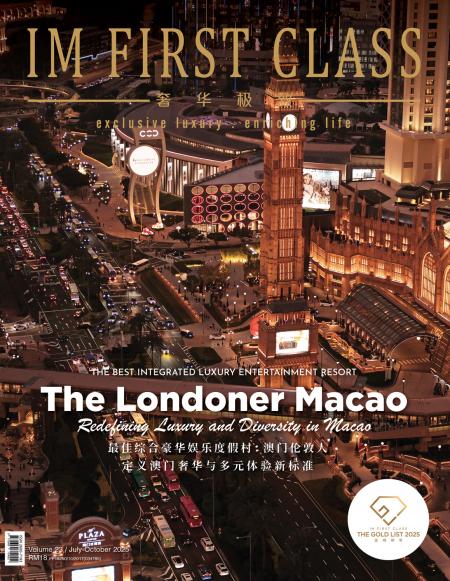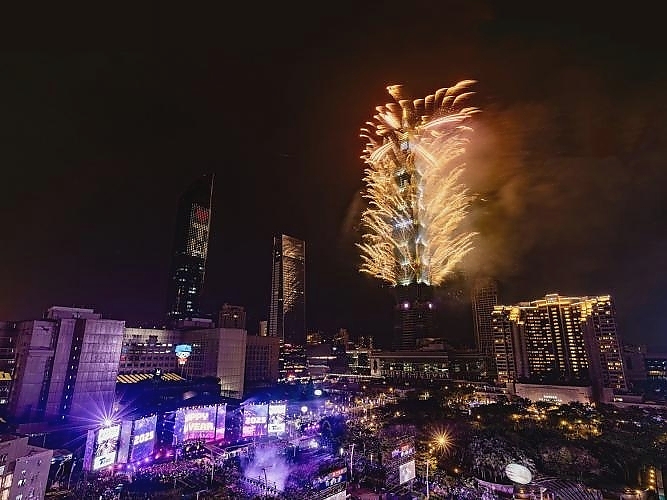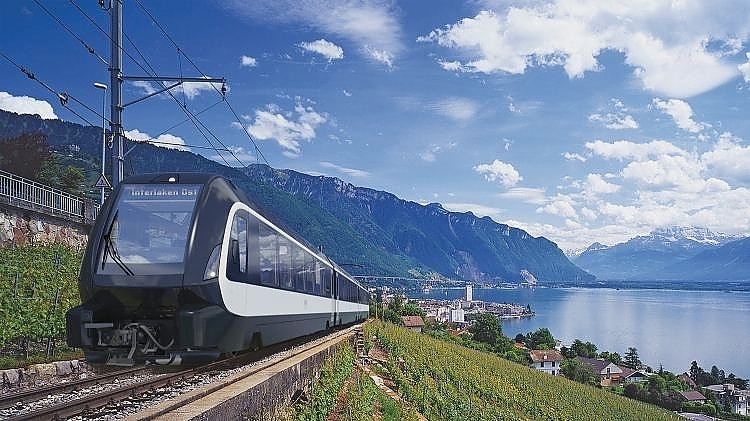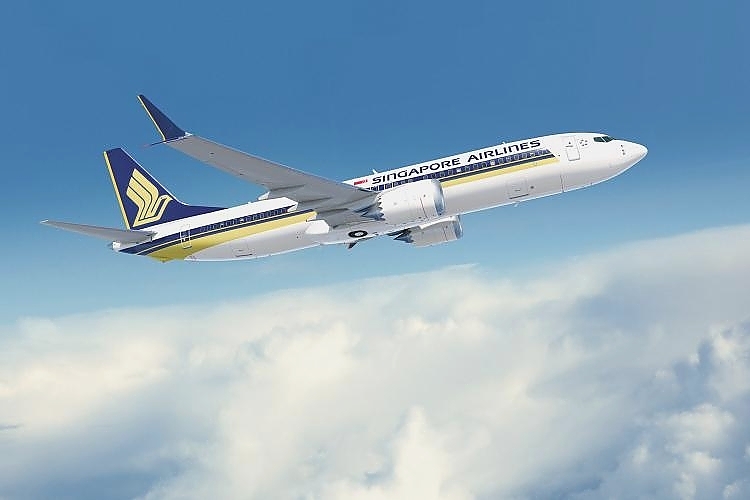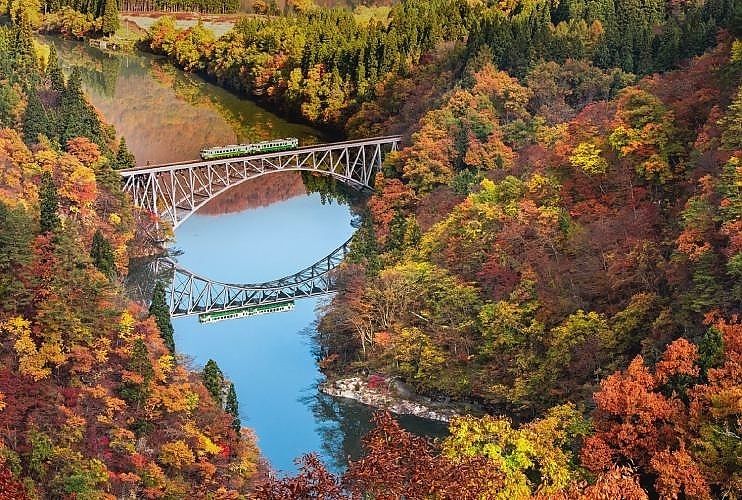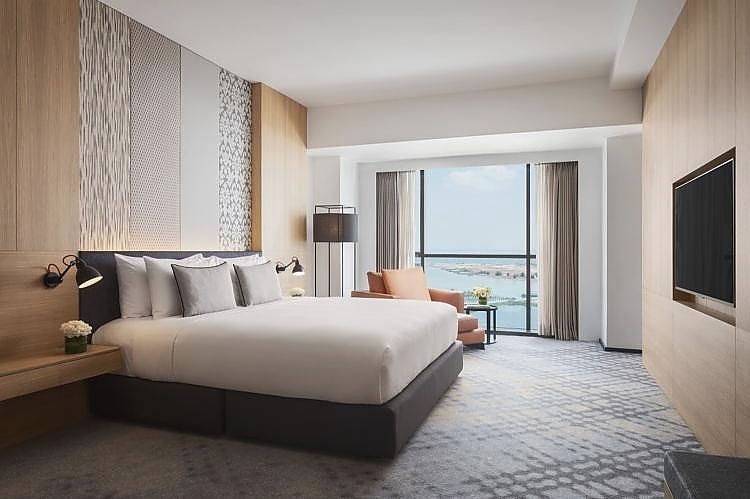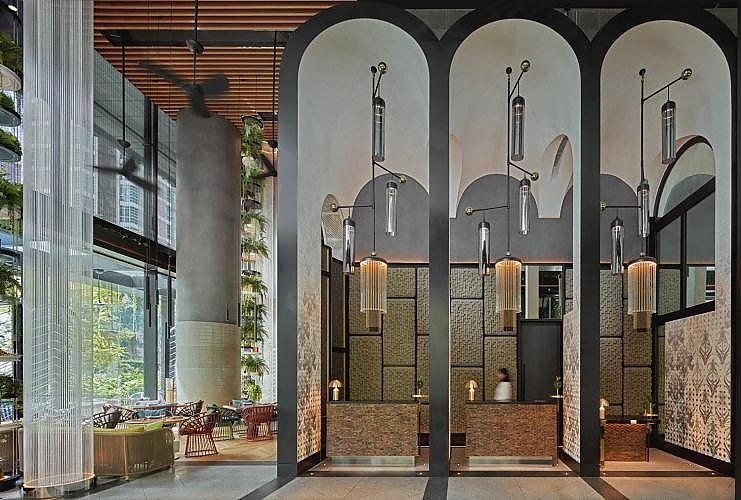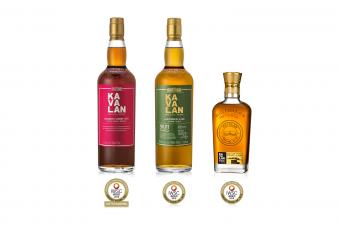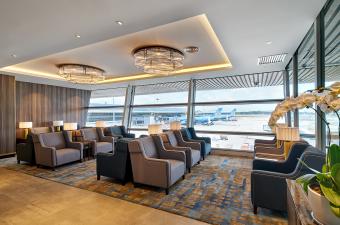Many species of Australian wildlife are nocturnal, preferring to snuffle and forage after dark. To see them in their natural environment, visitors must meet them on their own terms, which is why two leading Australian zoos have created new darkened experiences.



Taronga Zoo Sydney on the shores of the harbour has introduced Nura Diya, a new experience that gives guest a chance to view 23 of Australia’s rare and iconic species living among native flora along a 400-metre walking trail. It’s divided into three daylight sections that feature beloved animals including koalas, kangaroos, platypus and emus. The fourth experience, ‘nguwing nura’ meaning Nocturnal Country, transports guests to the deserts of Central Australia to meet fat-tailed dunnarts, ghost bats, Western quolls, rufous bettongs, greater bilbies and yellow-bellied gliders.


At Lone Pine Koala Sanctuary in Brisbane, everything comes alive as the sun sets with a new night time experience, Nocturnal. Along a one-kilometre walking trail, groups of just 20 visitors will meet Yolo, Zaney, Harvey and Swarf the Tasmanian devils, wombats Bella and Bruce, koalas Clementine, Patricia, Keisha and Kandy, and Grumpy the adorable Rufus Bettong. Guests are given handheld thermal imaging devices that help them detect where the animals are roaming and can then use a red-light torch to see them going about their natural activities in a safe and non-invasive way.

Not all the newest animal arrivals at Australian zoos prefer to spend their days under cover of darkness. At Queensland’s Australia Zoo, three quokkas, known as the ‘world’s happiest animals’ thanks to their smiley faces, are very happy to greet guests in daylight hours. Native to Australia’s southwest they have made themselves at home in the zoo’s ‘Roo Heaven’ area, and visitors can observe them from afar or feed them leafy treats as part of an up-close encounter.

Around 45 species of whale, dolphin and porpoise either visit or live permanently in Australia’s waters. Some waterways are so heavily trafficked by everything from the common orca to rare beaked whales, that they’re known as ‘whale superhighways’.
Most people have heard of whales breaching, where they jump from the sea into the air. But what about a person soaring above a whale? This is now a wild reality with the new ‘parasail over a whale’ experience from Cicerello’s Jet Adventures off the coast of Perth, Western Australia. Departing from Fremantle during humpback season between September and November, adventure-lovers can board the purpose-built parasailing boat Okiedokie, for a chance to glide over the top of a whale while attached to a parasail, a view most people will never see.


Also in Western Australia, Naturaliste Charters have modified their flagship whale watching vessel the Alison Maree, which departs on charters from Perth, Bremer Bay and the Margaret River region. It now features a new, almost ocean-level viewing platform that gives aqua enthusiasts a chance to see these magnificent giants up close.
For those who want full-scale whale immersion, premium tour group Untamed Escapes customises private, five-day whale watching adventures around the wild and untouched waters of the Great Australian Bight. Beginning and ending in Adelaide, the star of the show is the graceful Southern Right Whale, who lives here in greater numbers than anywhere else. The tour takes in plenty beyond the whales as well: such as oyster tasting at Smoky Bay, traversing the iconic Nullarbor and the opportunity to spot other marine wildlife including dolphins, sea lions and little penguins.
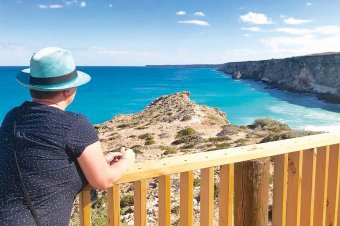
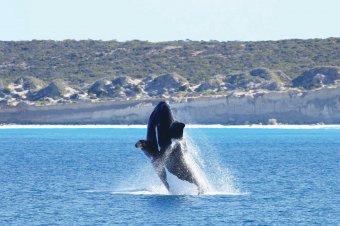
For more information:
Website: www.australia.com/en-my
